There’s a silent joy and profound satisfaction that derives from watching tiny seeds transform into thriving plants, and eventually, result in a handful of fragrant, culinary treasures. The realm of gardening is vast and varied, but among its diverse spectrum, herb gardening tends to occupy a unique niche, delicately balancing the worlds of culinary arts, aesthetics, and practical functionality. If you’re a home cook, amateur gardener, or anyone with a flicker of interest in growing your own herbs, there’s no better way to start than from seed.
Starting from seed isn’t merely an exercise of gardening; it’s a journey. From sowing the tiny seeds to watching the first pair of leaves tenderly unfurl, nurturing them through varying stages of growth, and finally witnessing them bloom into a plant with distinct flavors and aromas – it’s a journey that transforms you as much as it does the plant.
In this article, we’ll introduce you to the world of herb gardening from seed, focusing on the top 15 herbs that thrive when sown as seeds. We’ll guide you from the process of planting these herbs to recognizing their culinary potential, helping you sow the seeds of success in your homestead.
1. Basil

Basil is a staple herb in many cuisines and is particularly popular in Italian dishes. It is both a culinary delight and an attractive plant, with varieties that possess colorful leaves and even purple flowers.
2. Chives
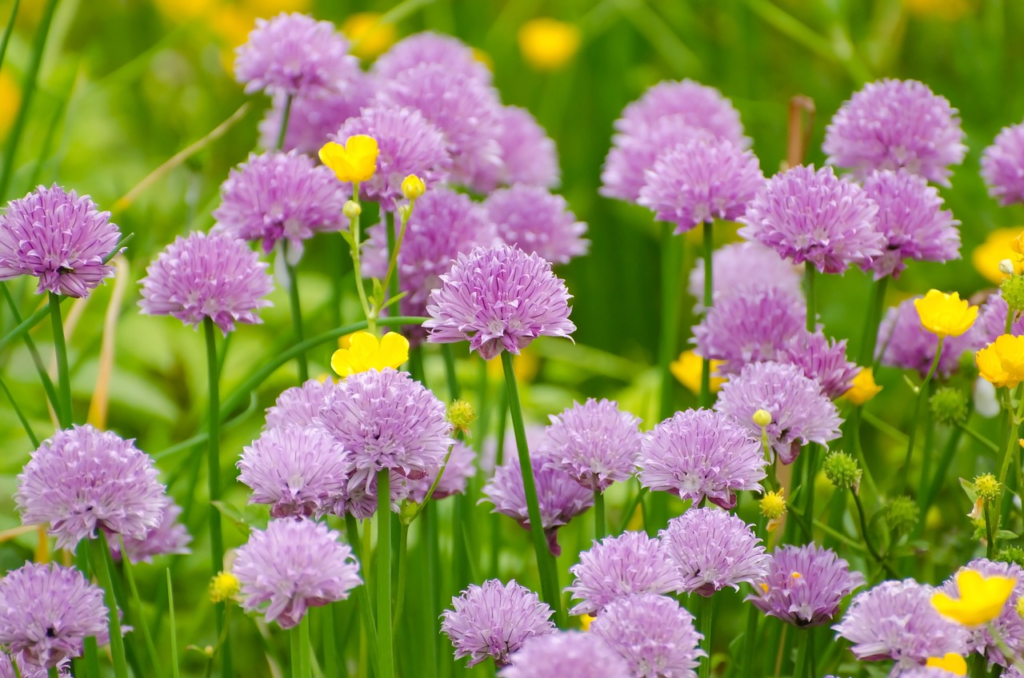
Chives are easy to grow from seed and will keep coming back year after year. They add a mild onion flavor to dishes without overpowering them and have attractive, edible purple flowers in late spring.
3. Cilantro

Cilantro adds a fresh, citrusy taste to many dishes, particularly Mexican and Asian cuisines. Also referred to as coriander, the seeds can be harvested for spice, offering dual culinary benefits.
4. Dill
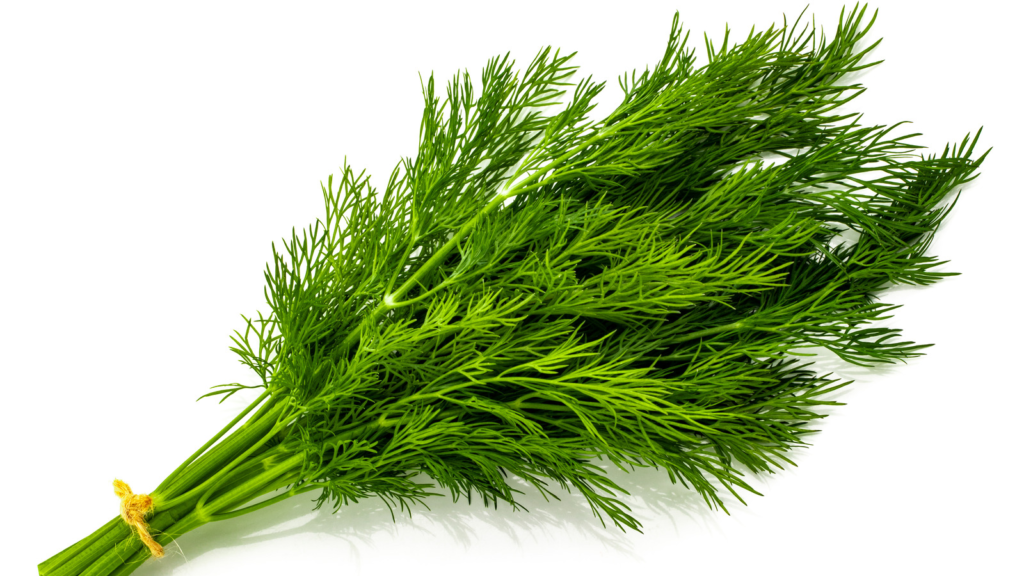
Dill is not only a flavorful addition to dishes like pickles and fish recipes, but it also features feathery foliage and yellow flowers that make it an attractive addition to your garden.
5. Fennel

Fennel has a distinct licorice-like flavor that adds a unique touch to salads, soups, and even desserts. With its tall growth habit and graceful fern-like foliage, it is also a beautiful addition to any garden.
6. Lavender

Lavender is not only loved for its sweet, relaxing scent, but also for its culinary uses in herbal teas, desserts, and spice blends. The beautiful purple-blue flowers also serve as excellent pollinator magnets.
7. Lemon Balm
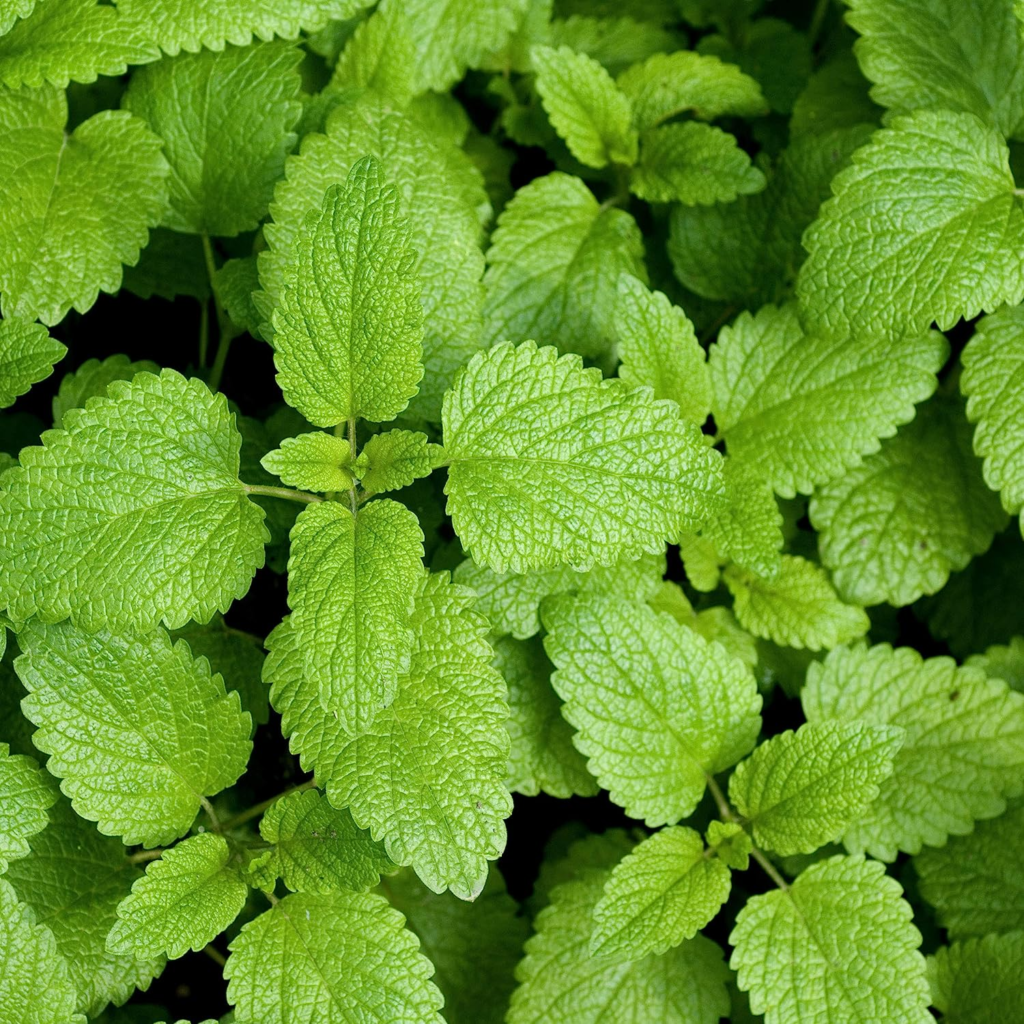
Lemon Balm is a versatile herb that adds a fresh, lemony flavor to teas, salads, and fish dishes. Its calming scent is beneficial for relaxation and serves as a natural mosquito repellent.
8. Marjoram
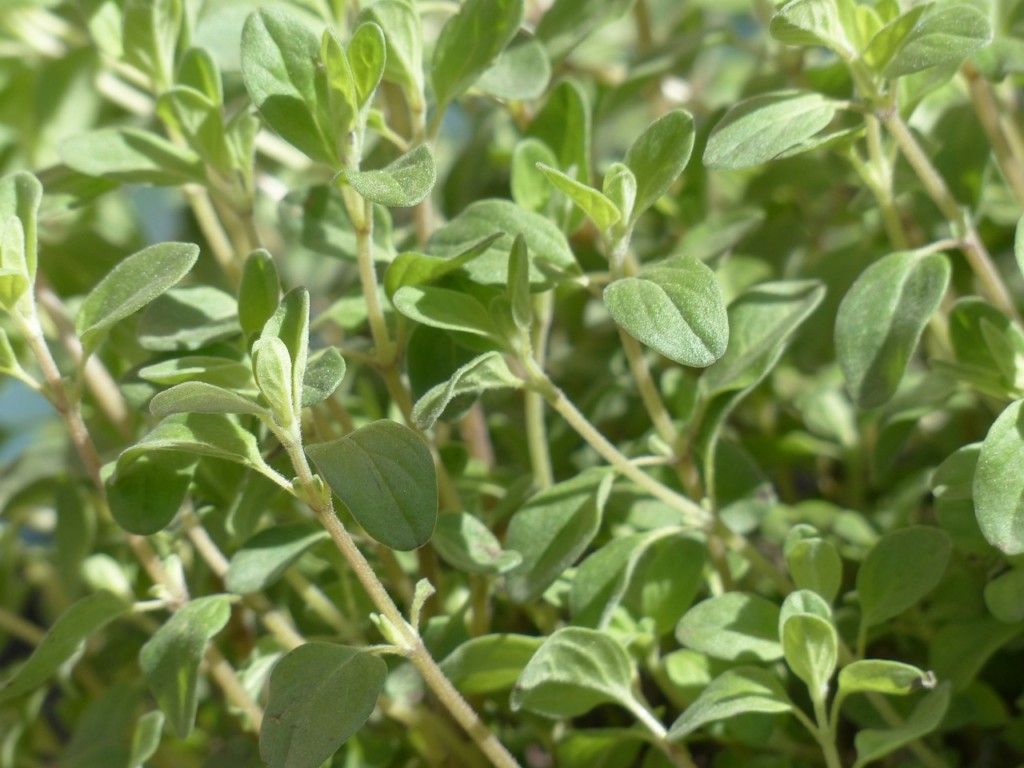
Marjoram has a sweet, mild flavor reminiscent of oregano, making it useful for a variety of dishes. As a bonus, the plant also produces tiny white flowers that attract pollinators.
9. Mint

Mint is a rapidly growing herb with a vast number of culinary uses, from teas and salads to fresh summer drinks and desserts. However, be mindful that mint can be invasive, so consider planting it in pots or containers.
10. Oregano
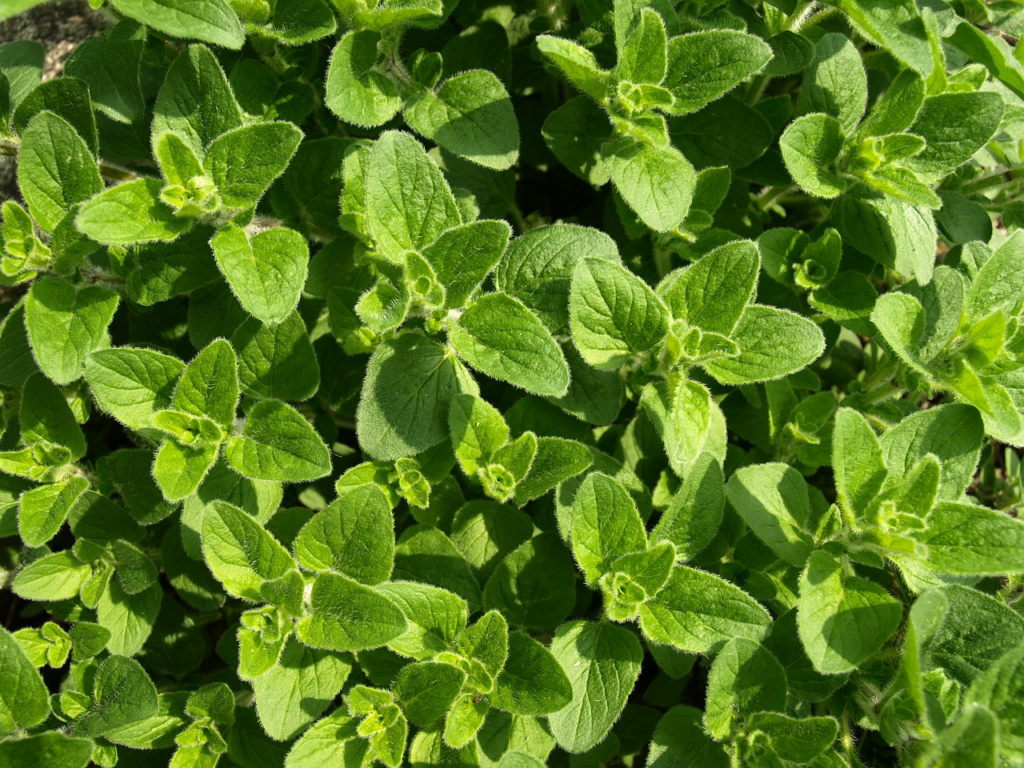
Oregano is indispensable in Italian and Mediterranean cuisine, and its robust flavor works well in various dishes. The plant is also drought-tolerant and features pretty purple-pink flowers.
11. Parsley

Parsley is an essential herb, popular in cuisines worldwide. It comes in two varieties: flat-leaf and curly-leaf. Both offer excellent flavor and garnishing potential for countless recipes.
12. Rosemary
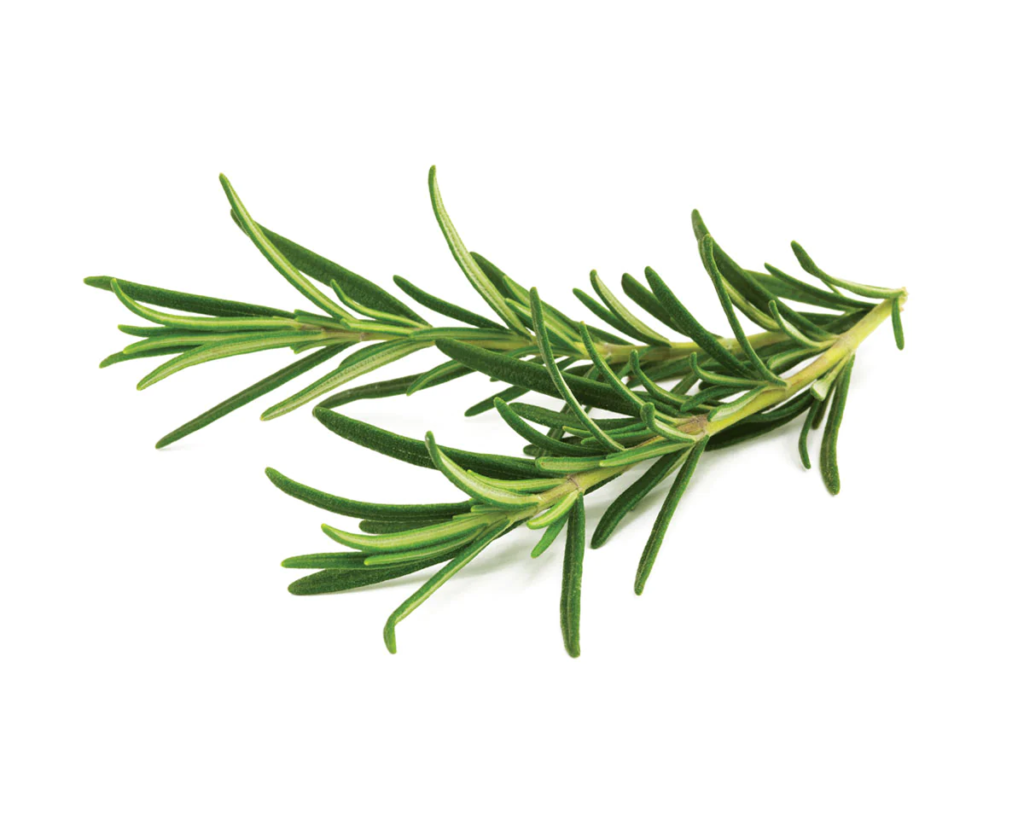
Rosemary is an evergreen herb with a rich, piney flavor that pairs well with roasted meats and vegetables. Its fragrant leaves and delicate blue flowers also attract bees and other pollinators.
13. Sage

Sage has velvety leaves and a strong, earthy flavor that works well with savory recipes. Its attractive foliage comes in shades of green, purple, and variegated, and the plant produces beautiful blue or purple flowers.
14. Tarragon
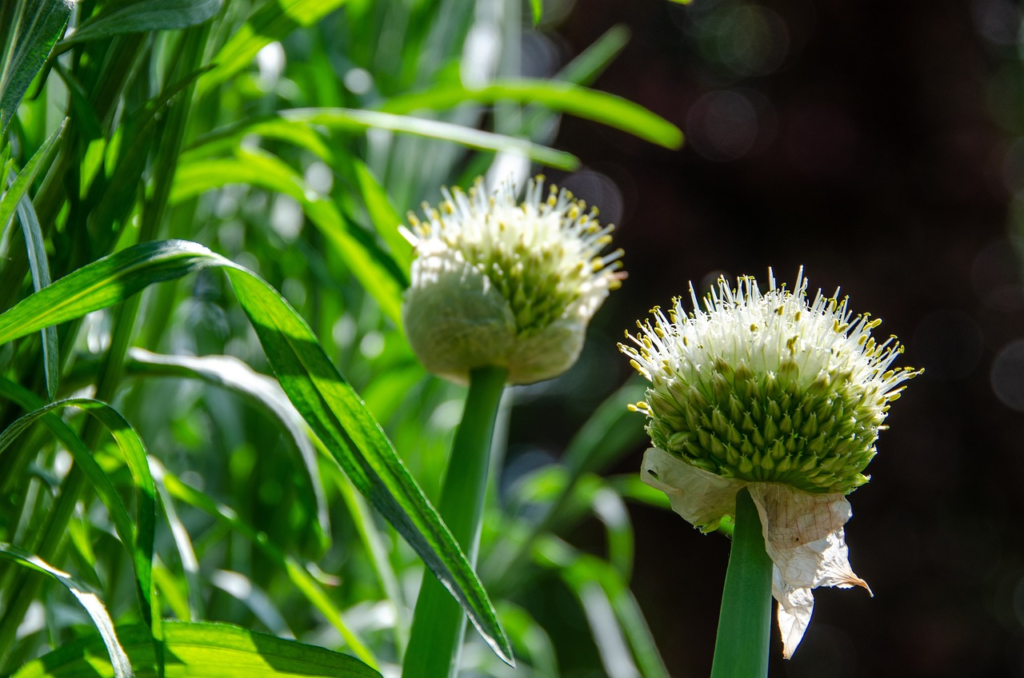
Tarragon boasts a mild anise-like taste, making it an excellent addition to chicken, fish, and vegetable recipes. The plant’s narrow, dark green leaves also provide a lovely texture in the garden.
15. Thyme
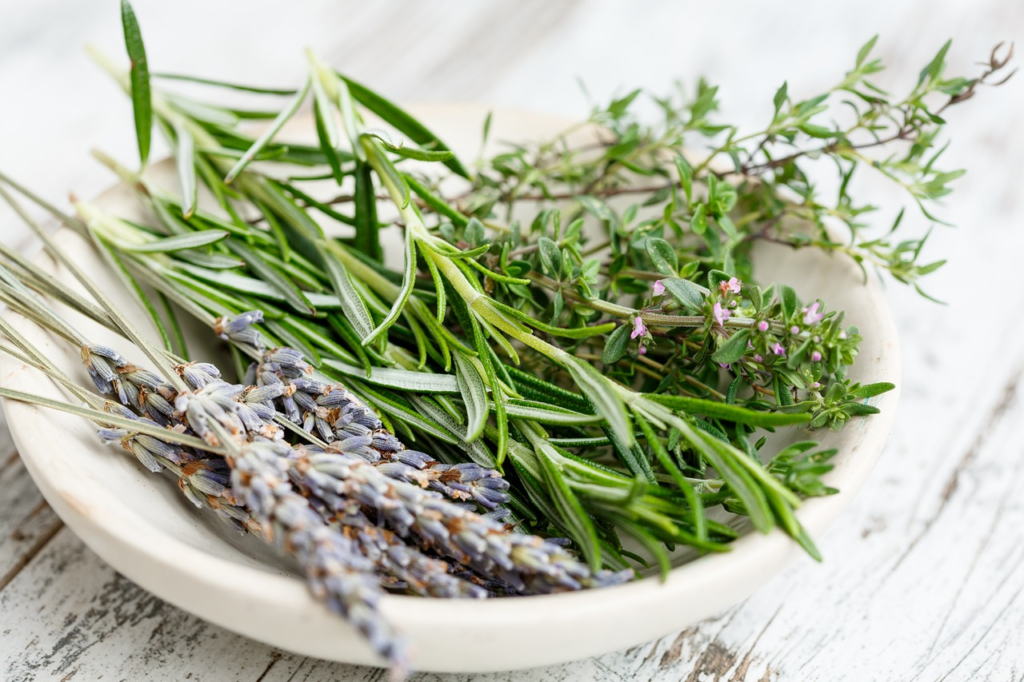
Thyme is a low-growing herb with small, aromatic leaves and pink, white, or purple flowers that attract pollinators. It pairs well with poultry, lamb, and tomatoes, and its compact growth habit makes it suitable for rock gardens and creeping ground cover.
In Conclusion
Harnessing the potential of herb gardening by starting from seed can be an extraordinarily enriching endeavor. By selecting from the top 15 herb recommendations listed above, not only can you enjoy the rewarding process of watching your plants thrive from seed to flavorful herbs, but you can also add depth to your culinary explorations and a visual delight to your garden spaces. Moreover, many of these herbs contribute to promoting a healthy ecosystem by attracting beneficial pollinators. So go ahead, let your green thumb venture into the aromatic world of herbs. Before you know it, you’ll be reaping the benefits of these easy-to-grow herbs that serve culinary, aesthetic, and ecological purposes right in your own garden. Happy sowing and growing!

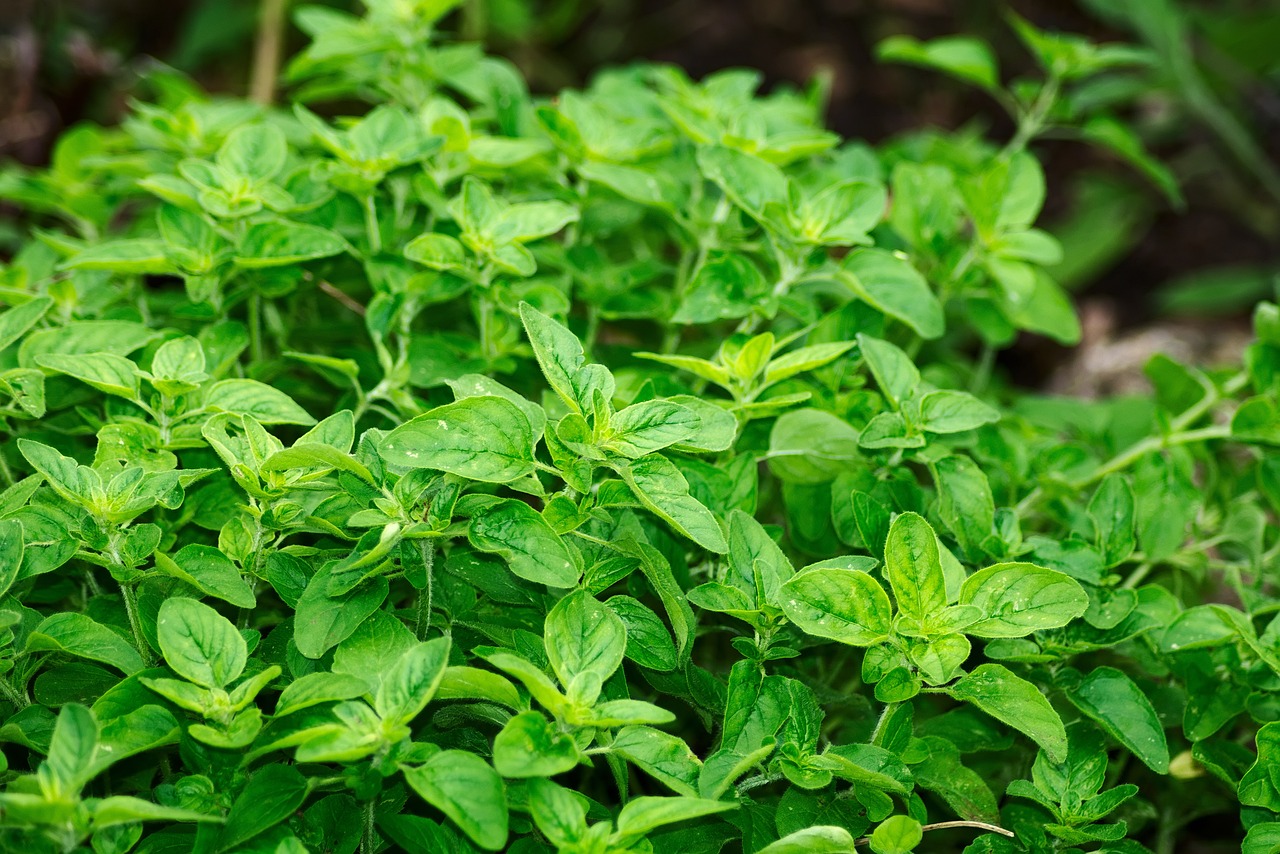
Leave a Reply